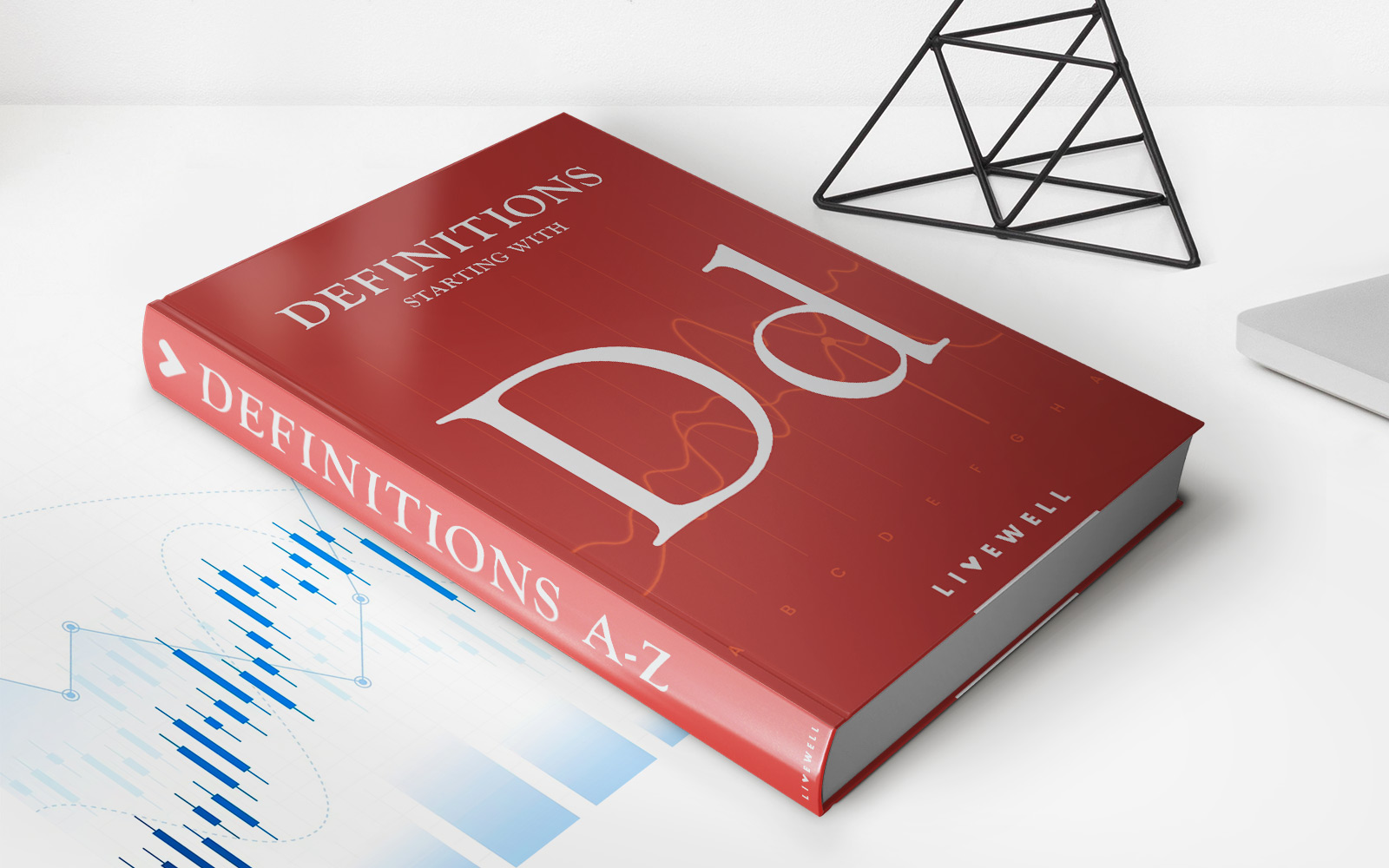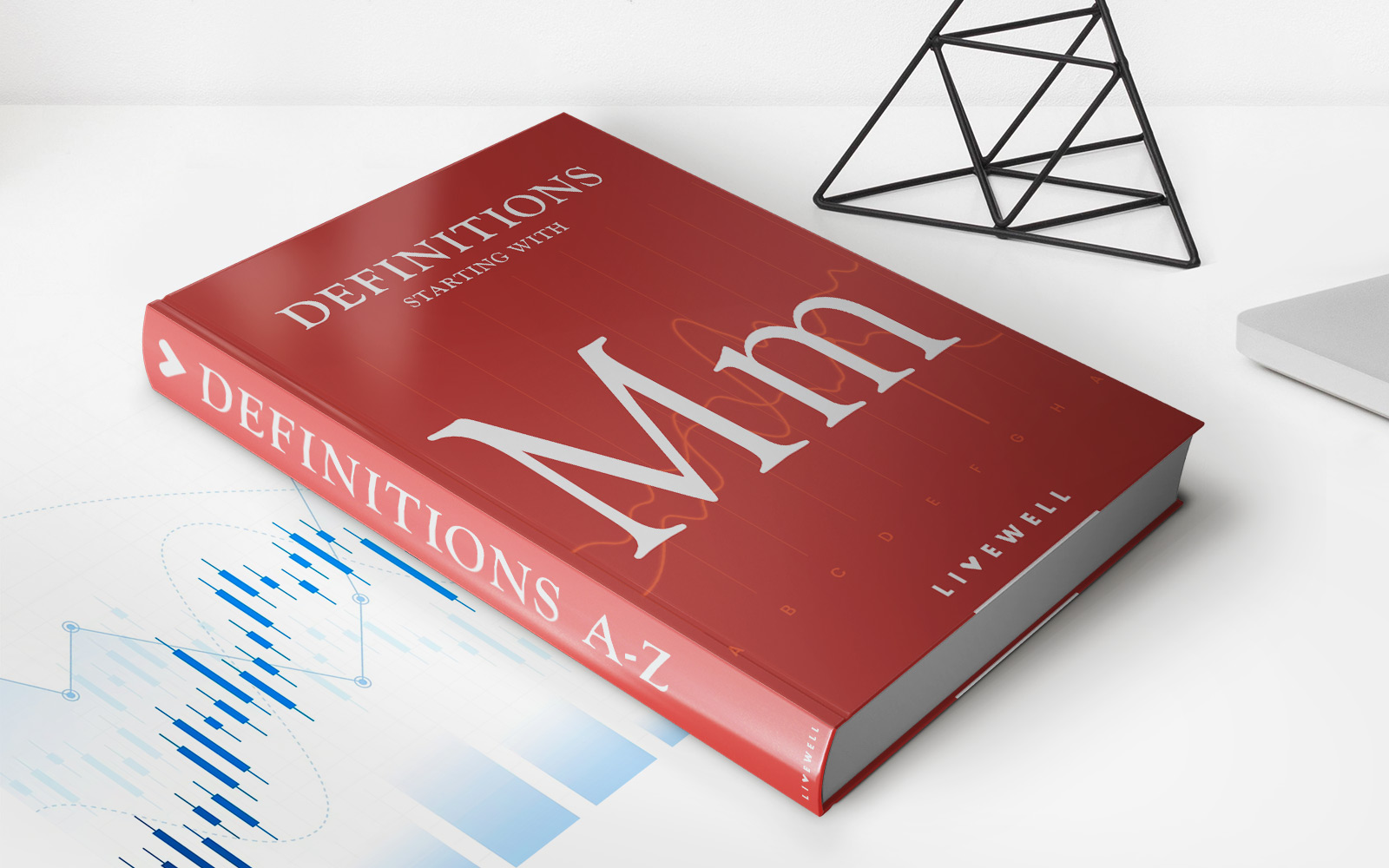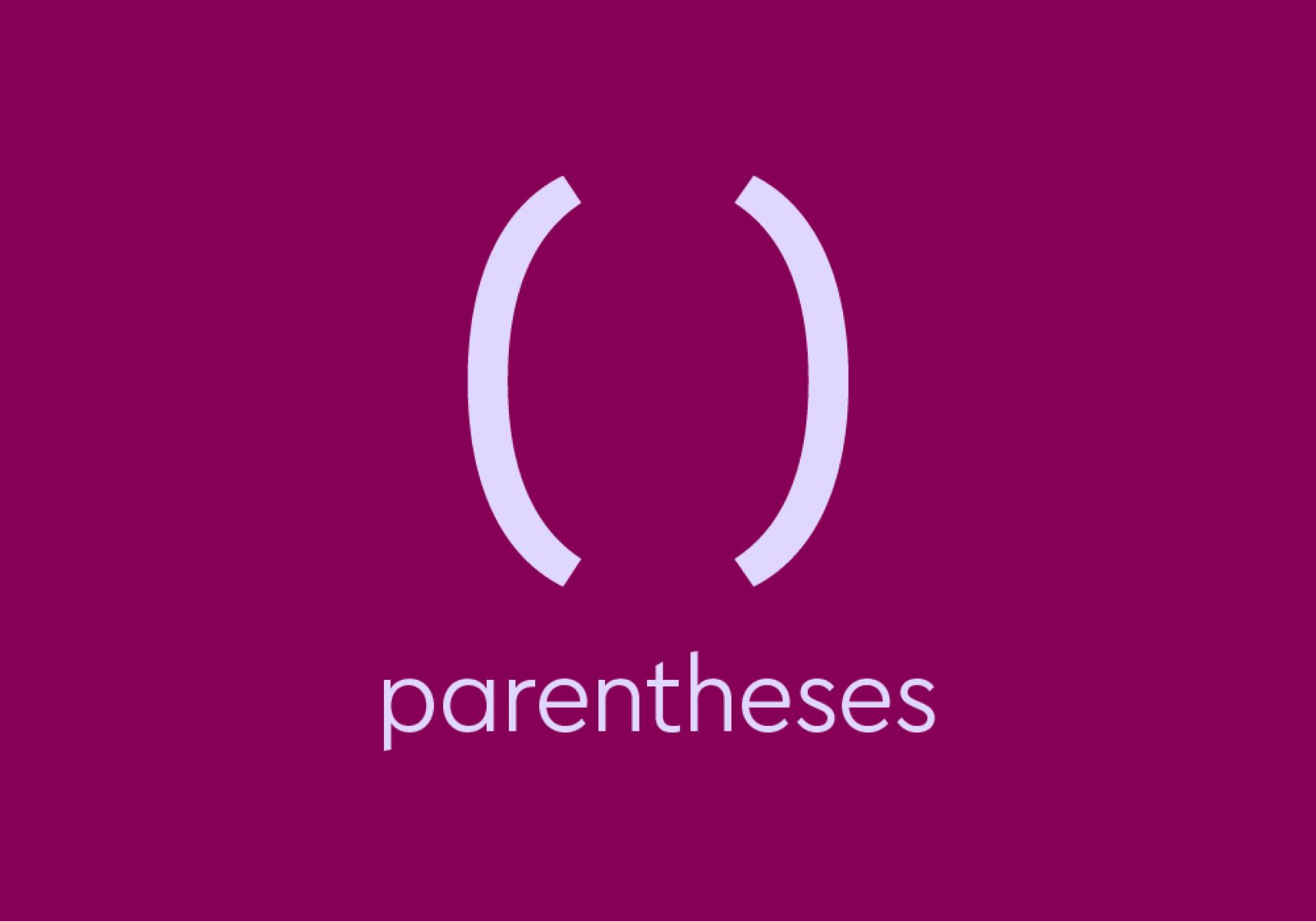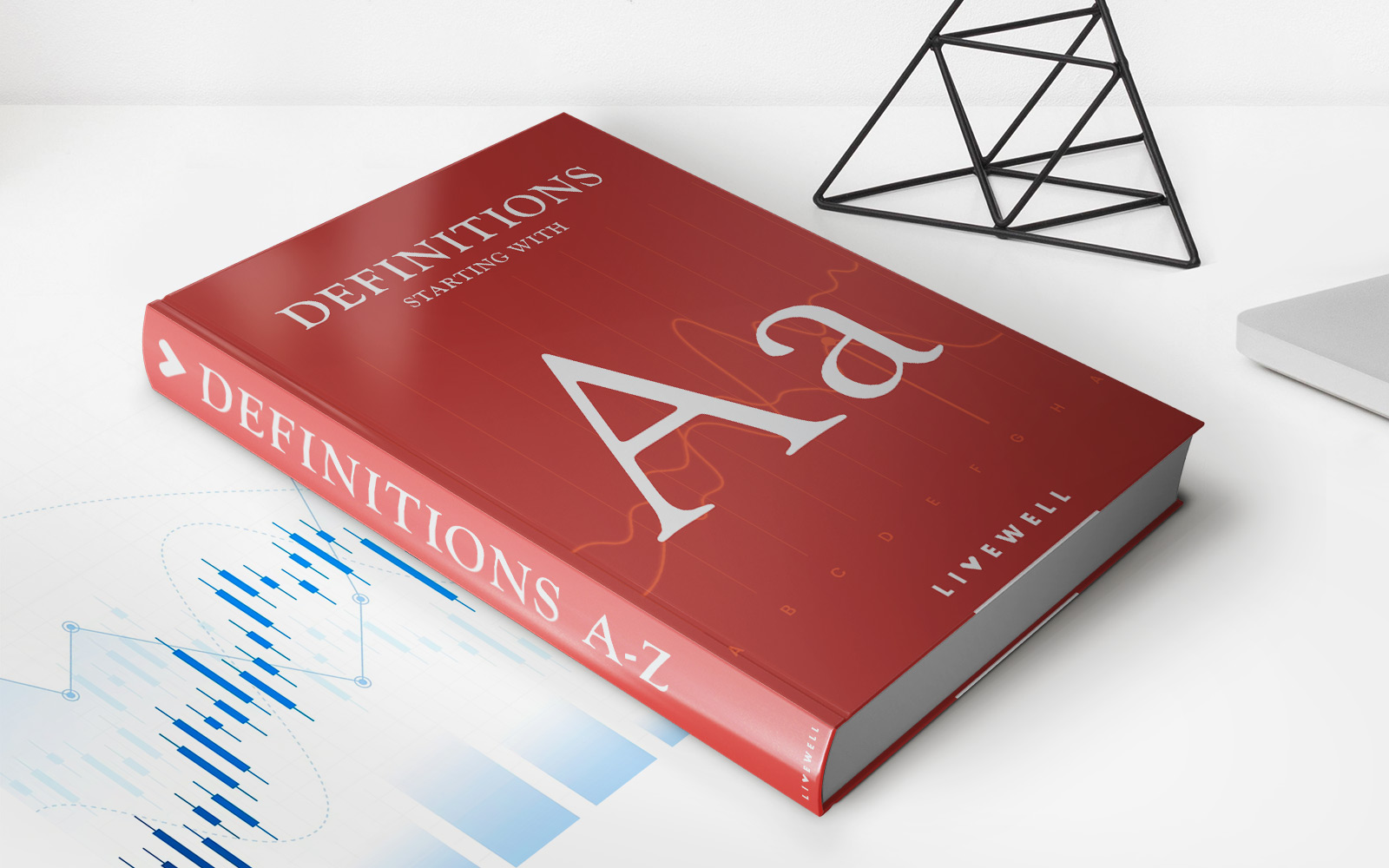

Finance
What Is Drawdown In Pensions?
Published: January 22, 2024
Learn about drawdown in pensions and how it impacts your retirement savings. Understand the finance implications and make informed decisions for your future.
(Many of the links in this article redirect to a specific reviewed product. Your purchase of these products through affiliate links helps to generate commission for LiveWell, at no extra cost. Learn more)
Table of Contents
**
Introduction
**
Pension drawdown, also known as income drawdown, is a flexible way to access your pension savings while keeping your funds invested. This approach allows individuals to take a tax-free lump sum from their pension pot and leave the rest invested to provide a regular income during retirement. Unlike traditional annuities, which provide a guaranteed income for life, pension drawdown offers more control and flexibility over how you use your pension savings.
As people seek greater autonomy and flexibility in managing their retirement finances, pension drawdown has gained popularity as an alternative to annuities. It provides the opportunity to benefit from potential investment growth and adjust income levels as needed. However, with this increased control comes added responsibility, as individuals are exposed to the investment risks and market fluctuations that can impact the value of their pension pot.
Pension drawdown is a significant financial decision that requires careful consideration and understanding of its implications. This article aims to provide a comprehensive overview of pension drawdown, including its mechanics, benefits, risks, and how to access it. By delving into these aspects, individuals can make informed choices regarding their retirement income strategy and gain a clearer understanding of the options available to them.
Understanding Pension Drawdown
**Pension drawdown is a flexible method of utilizing your pension savings to provide retirement income. When you opt for pension drawdown, instead of using your pension pot to purchase an annuity, you leave it invested and choose to take a taxable income directly from the fund. This approach allows you to tailor your income according to your financial needs and potentially benefit from investment growth.
One of the key aspects of pension drawdown is the ability to take a tax-free lump sum, typically up to 25% of your pension pot, when you enter drawdown. The remaining pension fund stays invested, and you can withdraw a regular income from it. The income can be adjusted within certain limits, providing you with the flexibility to manage your finances in retirement.
It’s important to note that pension drawdown is subject to investment risk. The value of your pension fund can fluctuate based on market performance, and there is a possibility that you could deplete your savings if the investments underperform or if you withdraw funds at an unsustainable rate. Understanding the associated risks and having a well-thought-out investment strategy are crucial when opting for pension drawdown.
Furthermore, pension drawdown offers the potential for inheritance planning. If you pass away, any remaining pension funds can be inherited by your beneficiaries, providing a degree of financial security for your loved ones.
By choosing pension drawdown, individuals can retain control over their retirement savings, potentially benefit from investment growth, and tailor their income to suit their lifestyle. However, it’s essential to carefully assess your risk tolerance and retirement income needs before opting for pension drawdown, as it involves greater involvement in managing your pension investments and income than traditional annuities.
Benefits of Pension Drawdown
**Pension drawdown offers several advantages that make it an appealing option for individuals seeking flexibility and control over their retirement income:
- Flexibility: Unlike annuities, which provide a fixed income for life, pension drawdown allows you to adjust your income according to your changing financial needs. This flexibility can be particularly beneficial if you have varying expenditure requirements in retirement or if you plan to continue working part-time.
- Potential for Investment Growth: By leaving your pension pot invested, you have the opportunity to benefit from potential investment growth. This can help your retirement savings keep pace with inflation and may result in a larger fund over time, providing a higher income in the future.
- Tax-Free Lump Sum: When entering pension drawdown, you can typically take up to 25% of your pension pot as a tax-free lump sum. This can provide a valuable source of upfront cash for large expenses or to support lifestyle choices in retirement.
- Inheritance Planning: Pension drawdown can offer inheritance benefits, as any remaining funds after your passing can be passed on to your beneficiaries. This potential for legacy planning can provide peace of mind and financial security for your loved ones.
- Control Over Investments: With pension drawdown, you have the freedom to choose how your pension funds are invested, allowing you to align your investment strategy with your risk tolerance and retirement goals. This level of control is particularly appealing to individuals who are knowledgeable about investments and want to actively manage their pension savings.
By offering flexibility, the potential for investment growth, and inheritance planning benefits, pension drawdown provides individuals with a versatile approach to managing their retirement finances. However, it’s important to weigh these benefits against the associated risks and consider your individual circumstances before opting for pension drawdown.
Risks of Pension Drawdown
**While pension drawdown offers flexibility and control, it also entails certain risks that individuals need to carefully consider:
- Investment Risk: With pension drawdown, your pension savings remain invested in the financial markets. As a result, the value of your fund can fluctuate based on market performance. If the investments underperform, there is a risk that your pension pot may not provide the anticipated income throughout your retirement.
- Longevity Risk: Unlike annuities that offer guaranteed income for life, pension drawdown does not provide certainty about the duration of your retirement funds. There is a risk of outliving your savings, especially if the withdrawal rate is unsustainable or if investment returns are lower than expected.
- Inflation Risk: The purchasing power of your retirement income can be eroded by inflation over time. If the growth of your pension fund does not outpace inflation, the real value of your income may decrease, impacting your standard of living in retirement.
- Market Volatility: Fluctuations in the financial markets can impact the value of your pension investments. Sudden market downturns can lead to a reduction in the value of your pension pot, affecting the income you can sustainably withdraw.
- Complexity and Responsibility: Opting for pension drawdown requires active involvement in managing your investments and income. This added responsibility may be challenging for individuals who prefer a more hands-off approach to their retirement finances.
It’s crucial for individuals considering pension drawdown to assess their risk tolerance, financial goals, and retirement income needs. Understanding the potential risks associated with drawdown is essential for making informed decisions and implementing strategies to mitigate these risks, such as diversifying investments and setting sustainable withdrawal rates.
While pension drawdown offers flexibility and the potential for investment growth, individuals must carefully evaluate the risks involved and consider seeking professional financial advice to ensure that their retirement income strategy aligns with their long-term objectives and risk tolerance.
How to Access Pension Drawdown
**Accessing pension drawdown involves several key steps, and it’s important to approach the process with careful consideration and understanding. Here’s a guide to accessing pension drawdown:
- Evaluate Your Pension Pot: Begin by assessing the size of your pension pot and determining whether pension drawdown is a suitable option based on your retirement income needs, risk tolerance, and financial goals.
- Seek Professional Advice: Considering the complexity of pension drawdown and the associated risks, it’s advisable to seek guidance from a qualified financial advisor. An advisor can help you understand the implications of drawdown, assess your investment options, and create a tailored retirement income strategy.
- Choose a Drawdown Provider: Select a pension drawdown provider or platform through which you can access your pension savings and manage your investments. Compare providers to find one that offers competitive fees, a range of investment options, and responsive customer service.
- Decide on Investment Strategy: Determine how you want to invest your pension funds within the drawdown arrangement. Consider factors such as asset allocation, risk diversification, and investment time horizon to create a well-balanced investment strategy aligned with your retirement objectives.
- Set Your Income Level: When entering drawdown, decide on the initial income level you wish to withdraw from your pension pot. Take into account your regular expenditure, lifestyle preferences, and any other sources of retirement income to establish a sustainable withdrawal rate.
- Monitor and Review: Once in pension drawdown, regularly monitor the performance of your investments and review your income withdrawals. Periodic reviews with your financial advisor can help ensure that your retirement income strategy remains aligned with your evolving financial circumstances and market conditions.
By following these steps and engaging in thorough planning, individuals can access pension drawdown in a well-informed manner, maximizing the benefits of flexibility and investment potential while mitigating the associated risks.
Conclusion
**Pension drawdown represents a dynamic approach to managing retirement finances, offering individuals greater flexibility, control, and the potential for investment growth. By opting for drawdown, individuals can tailor their retirement income to suit their lifestyle, take advantage of tax-free lump sums, and potentially leave a legacy for their beneficiaries.
However, it’s essential to recognize the inherent risks associated with pension drawdown, including investment volatility, longevity risk, and the responsibility of managing investments and income. Careful consideration of these risks, alongside an assessment of individual financial circumstances and retirement goals, is crucial when evaluating the suitability of pension drawdown.
Seeking professional financial advice is highly recommended for those considering pension drawdown, as it can provide valuable insights, personalized strategies, and ongoing guidance to navigate the complexities of retirement income planning.
Ultimately, pension drawdown offers a compelling alternative to traditional annuities, empowering individuals to actively engage in the management of their retirement savings and income. By understanding the mechanics, benefits, risks, and access methods associated with pension drawdown, individuals can make informed decisions that align with their long-term financial well-being and retirement aspirations.














